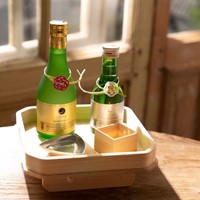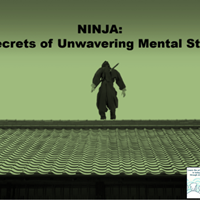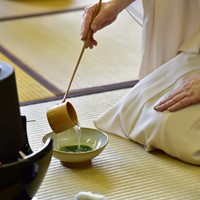Wadaiko: The Summer Rhythm and Movements of Taiko in Japan
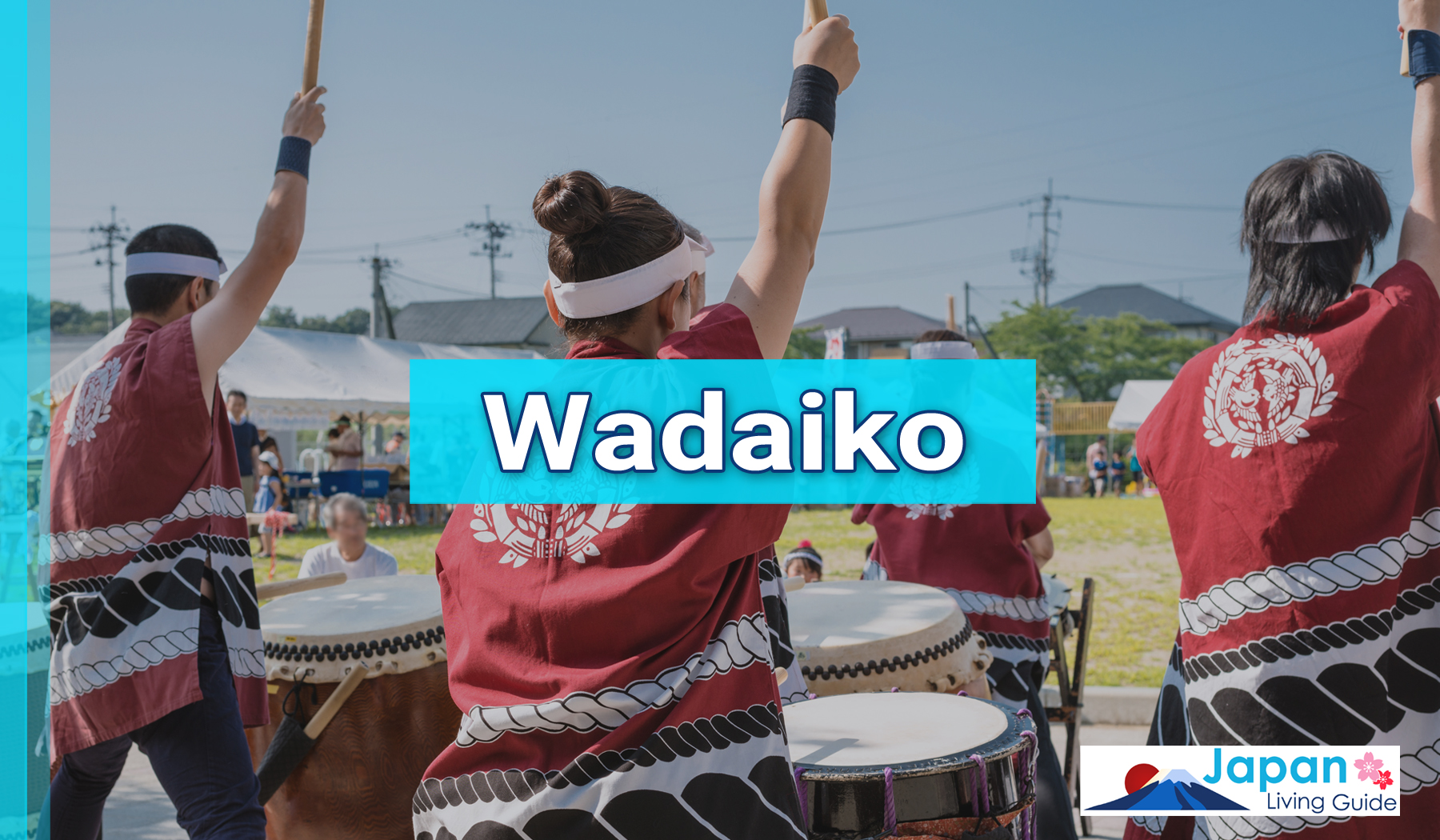
With a multitude of purposes, strong traditions, and dynamic rhythm, wadaiko, or traditional Japanese drums, is a unique and interesting part of Japanese culture. While other aspects of Japanese culture may be more popular worldwide, wadaiko has a niche following in Japan and is the centerpiece of many festivals throughout the country. Keep reading as we explain what wadaiko is and how to experience it firsthand if you live around Tokyo.
If you would like to learn about Tokyo History, please read History of Tokyo.
What is Wadaiko?
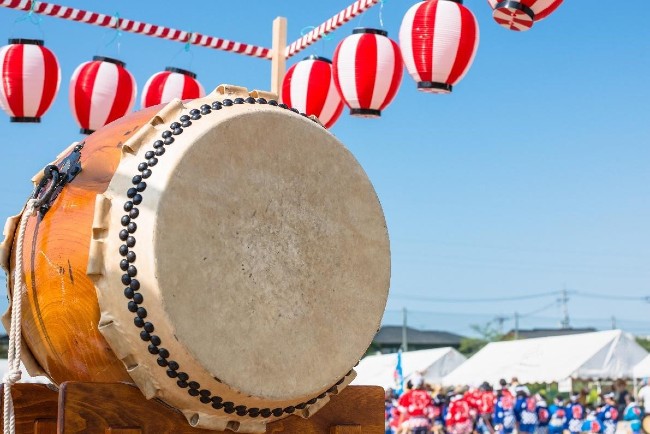
Internationally referred to as “taiko,” wadaiko has a long history and has been very versatile in its uses. Traditionally, wadaiko drums have been used as a way to communicate with the gods. Previous to the industrial era, it was thought that taiko was the only earthly sounds the gods could hear. This led to drumming being an integral part of many Japanese spiritual rituals and festivals. The loud drumming can also scare away pests, making them a common sight at festivals dedicated to harvest and new growth.
Wadaiko has also been used for more practical purposes, such as to tell time and determine town borders. During the Sengoku period (1467–1615), the daimyos, or warlords, used taiko drums to lead their armies into battle. It is thought that as the drum beats mimicked the heartbeat of soldiers, the army's motivation increased. Drums were also used to transmit information during that period.
From the Edo period (1603–1867), taiko drums came to be used more and more in performance art, however, usually limited to accompanying kabuki and other similar arts.
It was only in the post-WWII period that wadaiko became its own performance art. Kumi-daiko, a form of ensemble-playing, was created and honed during this time. A group of synchronized drummers play a variety of different sized drums to create a dynamic and often mesmerizing rhythm for the viewers. Many of the movements in modern wadaiko draw on the origins and history of Japanese drumming, using actions reminiscent of festivals, martial arts, and farming.
Types of Drums
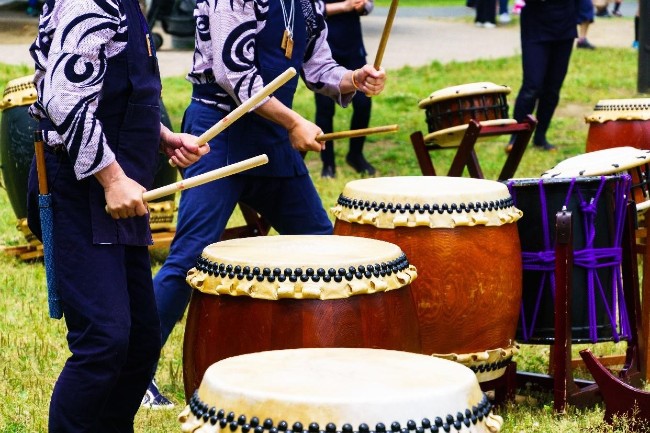
Nagado Daiko (Long Drum)
The nagado daiko is the instrument that is most synonymous with taiko drums. This is the largest drum, often called a “long drum” due to the length of the body. It is also sometimes referred to as miya taiko as it is often found at shrines and temples. The drum is made from a hollowed-out trunk of a tree that has been dried for 3–5 years with cowhide stretched across the top. Traditionally, it was made from the zelkova tree because of its sturdy and durable wood. However, due to the declining population of zelkovas, many other types of wood are now used.
Shime Daiko (Small Drum)
The shime daiko is a much smaller drum and has a higher pitch compared to the nagado daiko. This is partly due to its size, and partly due to the different crafting method. Shime daiko have cowhide mounted on metal hoops, which are strung together, meaning the tightness can be adjusted. This creates a high, light pitch rather than the deep booming of the nagado daiko.
Okedo Daiko (Barrel Drum)
The okedo daiko has a similar string design to the shime daiko but is larger and usually carried with a shoulder strap. This allows the drummer to have freedom of movement. The okedo daiko is made with a series of small wooden boards much like a barrel, rather than a hollowed-out trunk. It is versatile in both size and tone.
Popular Taiko Drum Festivals in Japan
Earth Celebration on Sado Island
The Earth Celebration festival that takes place each year in August is considered to be the best taiko drumming festival in the world and is hosted by Kodo – the most famous taiko drumming group. The Earth Celebration aims to create a global understanding and enjoyment of wadaiko by inviting international artists to perform.
Kodo performs a modern form of wadaiko and often integrates non-percussive instruments. With their performances, they aim to have the audience breathing and feeling as a collective whole rather than as individual people. Earth Celebration is a great way to engage with Japanese taiko culture.
Niihama Taiko Festival
The Niihama Taiko Festival takes place each autumn as a celebration of a good harvest. It is held in Niihama city in Ehime prefecture and is a centuries-old festival, with origins dating back to over 1,000 years. This festival displays the power and beauty of wadaiko, and includes competitions and displays of lifting the taiko-dai (large taiko-shaped floats). These sometimes measure over 5.5 meters in height and can be as much as three tons. The floats are beautifully decorated with gold embroidery and serve as a reminder of the richness of Japanese culture.
Taiko Drum Classes in Tokyo
If you want to do more than just watch wadaiko performances, there are a range of drumming classes and workshops available to try your hand at around Tokyo.
Wadaiko Festival Drumming Masterclass
The Wadaiko Festival Drumming Masterclass is a private experience with a maximum of 10 participants per group. It takes place in Sumida, Tokyo, with Yoshihiro, an expert of wadaiko with more than 40 years of experience. It is offered in Japanese with English interpretation available and covers many basic taiko drumming techniques.
Taiko-Lab
Taiko-Lab offers both extended six-month courses for residents as well as shorter classes for tourists. They offer private classes, team building classes, and group lesson classes. The third category is largely aimed at tourists and covers a number of basic techniques along with traditional songs and background information. There are multiple studios located in Tokyo (Akihabara, Kichijoji, and Aoyama) as well as studios in Kanagawa (Fujisawa) and Kyoto.
Mirai Taikodoujou
Mirai Taikodoujou focuses on long-term courses at a range of levels and ages (they also offer kids courses). However, you can participate in a trial lesson at a beginner level with support staff on hand to help with any initial difficulties before deciding whether or not to join. There are multiple studios located throughout the Greater Tokyo Area, including Shibuya in Tokyo, Kawasaki and Yokohama in Kanagawa, and Matsudo in Chiba.
Miyake Taiko
Miyake Taiko is a family-owned taiko performance group with studios located in Shinjuku and Yokohama. The four members of the family (father and three sons) offer instruction and information during their courses on taiko drumming. They focus mainly on long-term courses with different ages and levels.
Trying Wadaiko Is But One of Many Japanese Experiences
Wadaiko is an interesting and often overlooked part of Japanese culture, and the development into a standalone performance art is a great demonstration of Japanese traditions being adapted to the modern age. As a visitor or expat in Japan, there are a number of ways to get involved in wadaiko, including visiting festivals or taking local classes.
For more ways to experience Japanese culture firsthand, you may also be interestrested in reading Japanese Culture.
